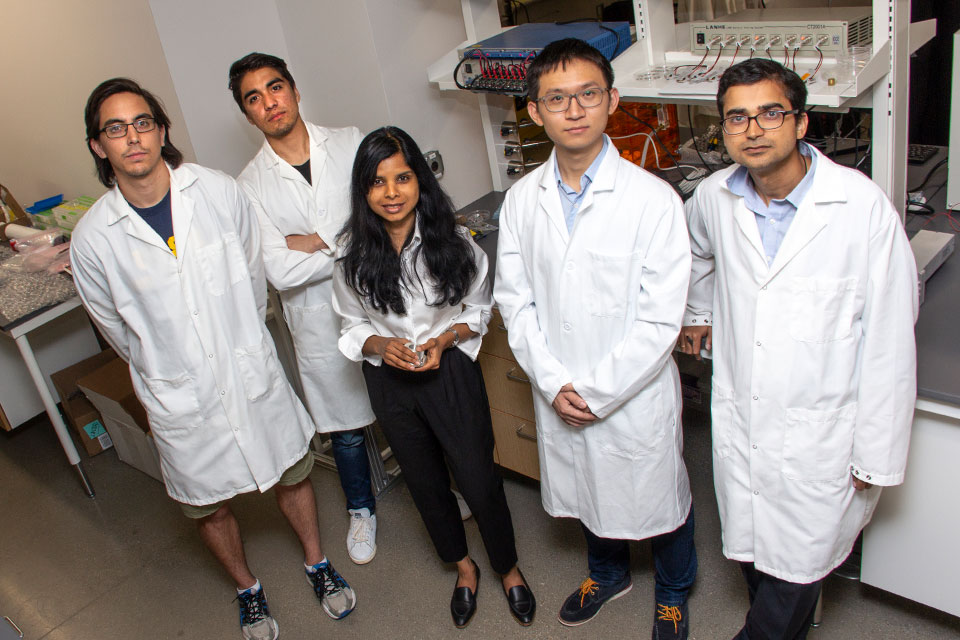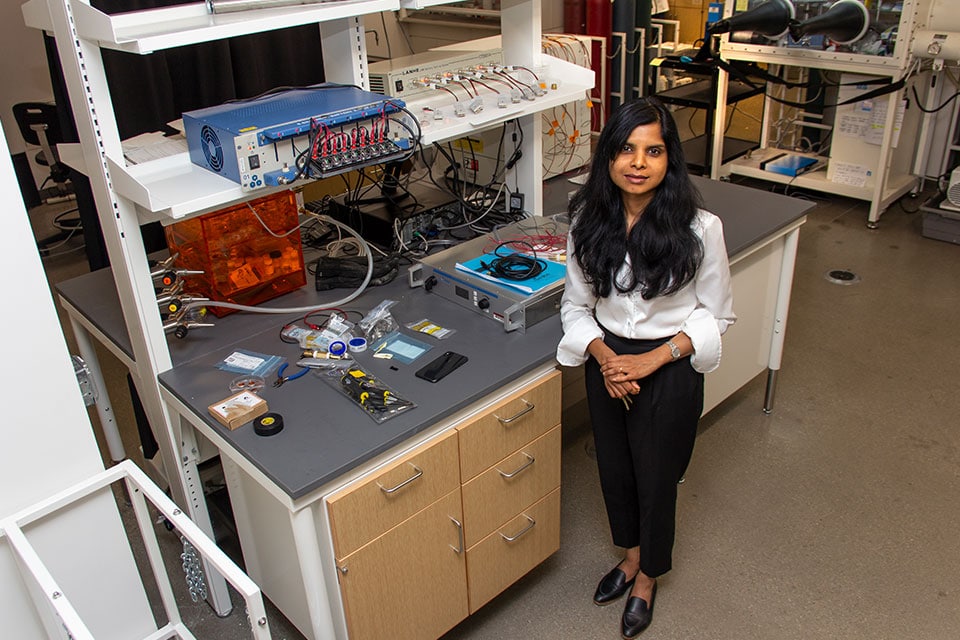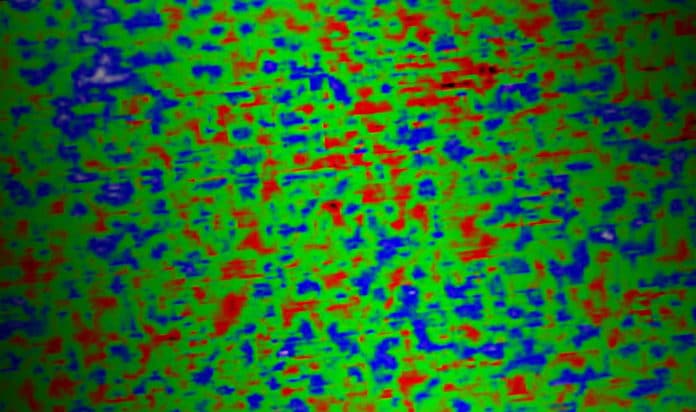A ceramic is an inorganic non-metallic solid made up of either metal or non-metal compounds that have been shaped and then hardened by heating to high temperatures. In general, they are hard, corrosion-resistant and brittle.
Normally, a picture of Ceramic Coffee Mug comes in mind whenever we heard about ceramic. But ceramic is not limited to pottery use only. Ceramics are being used in armor, lasers, electronics, teeth replacement, and more. They ensure that your computer’s motherboard runs smoothly. They protect space shuttles when most other materials would burn up in the atmosphere. In other words, ceramics are everywhere, and they’re essential.
They additionally accompany a cost. Preparing of numerous ceramic materials requires warming them up to temperatures more than 2,000 degrees centigrade for a few hours. It is significant spending on vitality. At Carnegie Mellon University, B. Reeja Jayan is attempting to solve this problem with her unconventional source of power.

Jayan is searching for the ways to use electromagnetic fields in ceramics fabrication, specifically with regards to sintering and synthesis. In Sintering, porous materials such as clay need to undergo pressure or heat.
She detailed the new developments in this field of research in the January 2019 cover article of the Journal of the American Ceramic Society.
The paper traces its origins back to a two-day workshop held at Carnegie Mellon in June 2017, titled Electromagnetic Effects in Materials Synthesis. The workshop gathered scientists working in three different areas of field-assisted material synthesis.

Shikhar Jha, Jayan’s postdoctoral researcher said, “This workshop was a good opportunity to learn from each other. These methods—microwave, laser, and electric field—are very different from each other, but we hope to figure out a common theme to relate them to a single mechanism.”
Jayan said, “At the workshop, the scientists grappled with the question of why electromagnetic fields speed up sintering. We want to see if these field-driven processes for sintering and synthesis are all thermally driven, or if the field itself is inducing additional driving force. In other words, is the field just providing extra heat, or is it doing something else entirely?”
“This question presents unique research opportunities. In addition to making the process more efficient, researchers can also process new materials with new properties. We’re not expecting the behavior and the properties of materials to be identical to what they were. We have found them to be different, but we don’t know how, and therein lies opportunities.”
“This question presents unique research opportunities. In addition to making the process more efficient, researchers can also process new materials with new properties. We’re not expecting the behavior and the properties of materials to be identical to what they were. We have found them to be different, but we don’t know how, and therein lies opportunities.”
Jayan’s team is currently working with National Laboratories to use a synchrotron source, a type of electron accelerator, to highlight intermediate steps of structural changes during such processes.
Jayan explained, “The final issue is one of scale. When studying sintering, you need to be able to connect and stitch together all the length scales from atoms all the way up to large parts you can hold in your hands. In order for scientists to understand the underlying mechanisms, they need to develop characterization and modeling techniques that can determine the evolution of structures over time at different scales.”
Although the challenges are daunting the outcomes will be worth the effort. Once scientists understand the role of external fields in the sintering process, they could accelerate technological development in a wide array of fields, including manufacturing, pharmaceuticals, electronics, and clean energy.
Jayan said, “Jayan and her team hope that their paper will serve as a call to action for a new generation of students and researchers. More than anything, it was about bringing a knowledge gap to the community, and telling them: here’s an opportunity. Let’s work together.”
